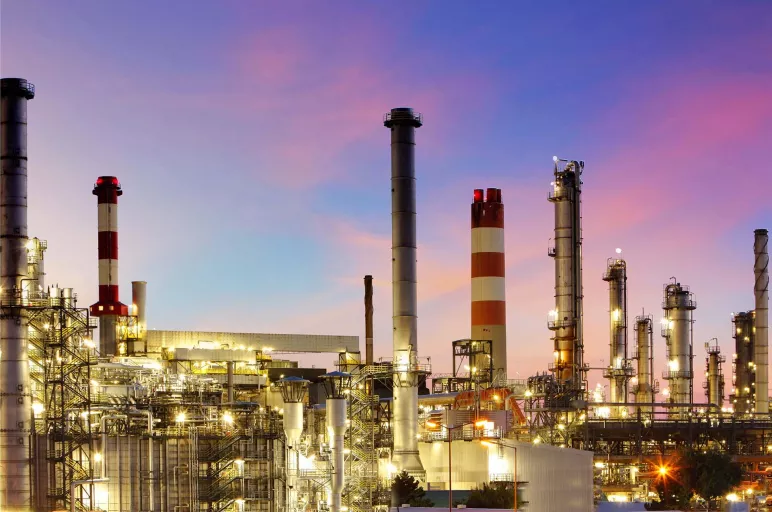
How the Oil & Gas Sector Can Leverage Edge AI
- A typical offshore platform doesn't run at its maximum output capacity because of a lack of knowledge about equipment conditions and failure risks
- Industries such as oil and gas require more sophisticated AI solutions to control their IoT devices at the edge
- Real-time data access and advanced analytics can reduce performance gaps and significantly improve operations, boosting output and bringing down gas prices
August 02, 2022 | Oil and Gas
Oil and gas companies generate enormous volumes of data that must be recorded, stored and evaluated at the source.
If the business relies only on the cloud, mission-critical decisions might get delayed as these must be taken in a split second whether the operations are in off-the-grid settings like the North Sea or in places with no internet access like in the underground.
Due to a lack of insight about equipment conditions and failure chances, the typical offshore platform doesn't operate at its fullest output capacity. This deficit affects the entire industry and can amount to millions of barrels a day.
Advanced analytics and real-time data access can close performance gaps and positively impact operations to increase production and lower gas prices.
Enter Edge AI
Edge AI combines artificial intelligence and edge computing where data is collected locally and processed without relying on the cloud for resources. It leverages machine learning algorithms to effectively gather, store and interpret data, enabling accurate real-time decisions.
A distributed computing system called Edge computing puts business applications closer to data sources such as IoT gadgets or regional edge servers.
Enterprises are being pushed by digital transformation to become more distributed and to grow to the edge. Digital business solutions require greater data management and processing outside of cloud and conventional data center infrastructures as they call for faster data delivery and decreased latency.
With the development of Edge computing, many machine learning models are being moved out closer to data generation for inferencing and detection. Most AI applications still run in the cloud due to their huge resources. Cloud-based AI can handle several straightforward AI applications, including voice recognition and help.
To control their IoT devices at the edge, numerous sectors including O&G need more advanced AI solutions.
Migrating from Cloud to Edge
An AI migration from the cloud to edge has sped up amid proliferation of IoT devices and the rise in demand for real-time computing. For time-sensitive applications where bandwidth and latency are crucial, running AI applications on the cloud carries a larger risk of downtime.
O&G companies are expanding their computing to Edge AI to gather insightful business data that can boost operations and profitability.
Recently, Aramco deployed edge-powered computer vision solutions at several locations to improve safety, provide proactive monitoring for equipment failure, and enable automation of drilling equipment and processes.
Growing Market for Edge AI Software
Edge AI software market is forecasted to reach close to $8 billion by 2027 from around $1.4 billion in 2021. The market is majorly driven by the data produced by the increasing use of IoT devices in offshore monitoring, pipeline monitoring, drilling management and cargo shipping which needs to be moved to the cloud and pushes the limits of the internet bandwidth.
Moreover, 5G technology that provides enhanced mobile broadband (eMBB), ultra-low latency communication (uRLLC), and massive machine-type communications (mMTC) is also driving edge AI adoption in the O&G industry.
The Edge AI landscape includes large, medium, and small-size companies that offer platforms and hardware and software solutions.
Suppliers are leveraging organic and inorganic strategies to penetrate the market.
For instance, Schlumberger — an oilfield services company — signed an agreement with AVEVA to integrate edge AI and cloud digital technologies. Together, the companies will expedite the collection, processing, and use of field data by energy operators for better wellsite productivity and effectiveness.
The Way Ahead
Despite significant obstacles, the oil and gas companies have kept evolving. There is a clear opportunity for them to adapt their communication and application technologies to fully benefit from Edge AI beyond the seamless execution of operational applications for existing operations and production.
Oil and gas companies must upgrade their technology, and it is essential to innovate more quickly and apply this innovation to both newly discovered and existing oil fields.



